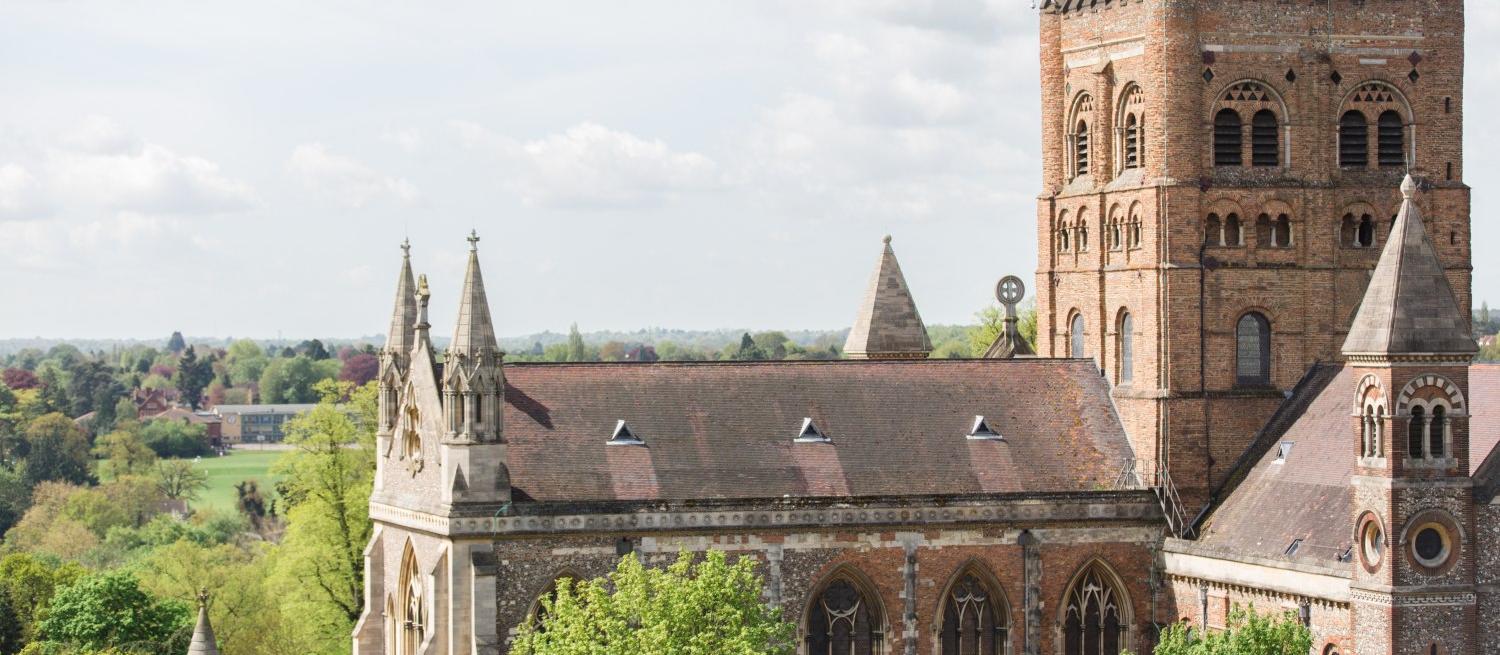The St Albans Psalter was produced in St Albans Abbey between 1123 and 1143. It is thought to have been given to Christina of Markyate by Geoffrey de Gorham, the Abbot of St Albans from 1119 to 1146. A beautiful facsimile is on display at St Albans Abbey while the original volume is kept at the Church of St Godehard in Hildesheim, Germany.
St Albans Cathedral study centre share their knowledge about the Psalter - from aspects of Benedictine life and spirituality, including the role and meaning of education, which gives a flavour of the milieu in which the volume was produced.
The St Albans Psalter actually consists of five separate sections: a calendar, a cycle of miniatures including scenes from the Life of Christ, the Life of St. Alexis and the Psalter itself, which contains psalms, prayers and other parts of the liturgy.
The forty illustrations and the illuminated letters at the beginning of the psalms are beautifully done and very detailed. Your attention is especially drawn to the sense of realism of the figures and the individual character of their eyes and hands. Some of the figures in the illustrations seem to very much reflect the dress and appearance of Normans in the 12th century.
The life of St Alexis would have had particular relevance to Christina of Markyate in that they both left homes and marriages, for religious life. She was inspired by a visit she made to St Albans Abbey and eventually, after many difficulties, became Prioress of Markyate Priory.
An account of her life, written in Latin by a monk at St Albans Abbey in the 12th century, still survives. The Cathedral has published a book by Jane Kelsall Christina of Markyate The Lady of the Psalter (c.1096-c.1155/60) about her life, based on this account.
